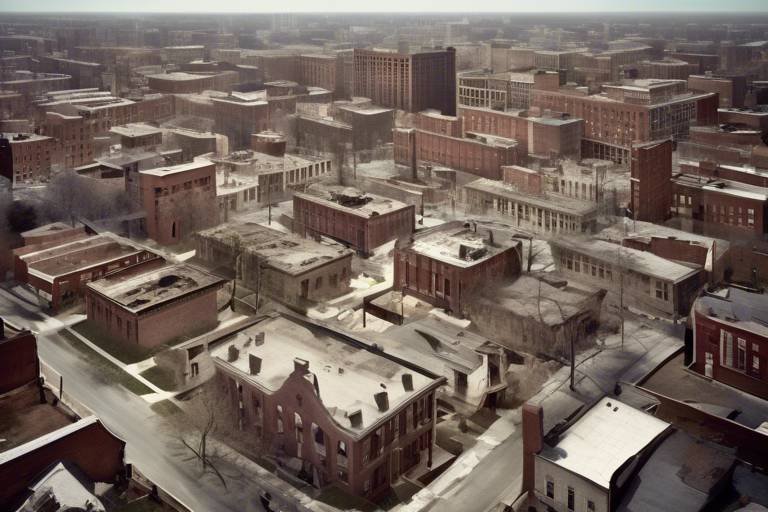The Impact of War on Cultural Heritage Preservation
War has a profound impact on the preservation of cultural heritage, often leading to devastating consequences for ancient sites and artifacts that hold significant historical value. As armed conflicts unfold, the very fabric of cultural identity is at risk, with destruction, looting, and irreversible loss becoming all too common. The challenges faced in protecting these treasures during times of war are immense, requiring strategic and concerted efforts to safeguard our shared history.

Destruction of Cultural Sites
War has a devastating impact on cultural heritage preservation, with armed conflicts posing a significant threat to the safeguarding of historical sites and artifacts. The destruction of cultural sites during wartime not only results in physical damage but also leads to the loss of invaluable pieces of history and identity. Ancient monuments, archaeological sites, and museums become targets of deliberate attacks and collateral damage, causing irreparable harm to our shared cultural heritage.
Amidst the chaos of war, looting and trafficking of cultural artifacts further exacerbate the situation, as armed groups and individuals engage in illicit activities to profit from the illegal trade of valuable heritage items. These actions contribute to the dispersion of cultural treasures on the black market, perpetuating the cycle of destruction and loss.
However, the consequences of war extend beyond the physical destruction of cultural sites, impacting local communities on a profound level. The destruction of these heritage sites disrupts the social fabric and identity of communities, severing their connection to history, traditions, and collective memory. The loss of cultural heritage not only erases the past but also diminishes the sense of belonging and continuity for future generations.
In response to these challenges, international conventions and protocols such as the Hague Convention and UNESCO World Heritage Convention play a crucial role in protecting cultural heritage during times of conflict. Despite the existence of these agreements, enforcing protocols in the midst of warfare remains a significant challenge, highlighting the need for greater collaboration and commitment to preservation efforts.
Efforts in cultural heritage protection have seen the rise of initiatives by organizations, governments, and individuals dedicated to preserving heritage sites and artifacts during times of war. These efforts include documentation, conservation, and emergency response strategies aimed at safeguarding cultural treasures from further harm and ensuring their survival for future generations.
Advancements in technology have also played a pivotal role in cultural heritage preservation, with the use of tools such as satellite imaging, 3D scanning, and digital mapping enabling the monitoring and documentation of at-risk sites. These technological innovations provide valuable insights for conservation efforts and aid in the protection of cultural heritage from potential threats.
Following the cessation of hostilities, reconstruction and restoration efforts are essential in rebuilding damaged cultural sites, museums, and artifacts. However, the process of reconstruction presents challenges in balancing authenticity with modern conservation techniques, aiming to restore the integrity of these sites while preserving their historical significance.
Education, public awareness campaigns, and community engagement are vital components in promoting the value of cultural heritage preservation. By fostering a sense of responsibility and mobilizing support for safeguarding these treasures, we can ensure that our shared heritage remains protected and cherished for generations to come.
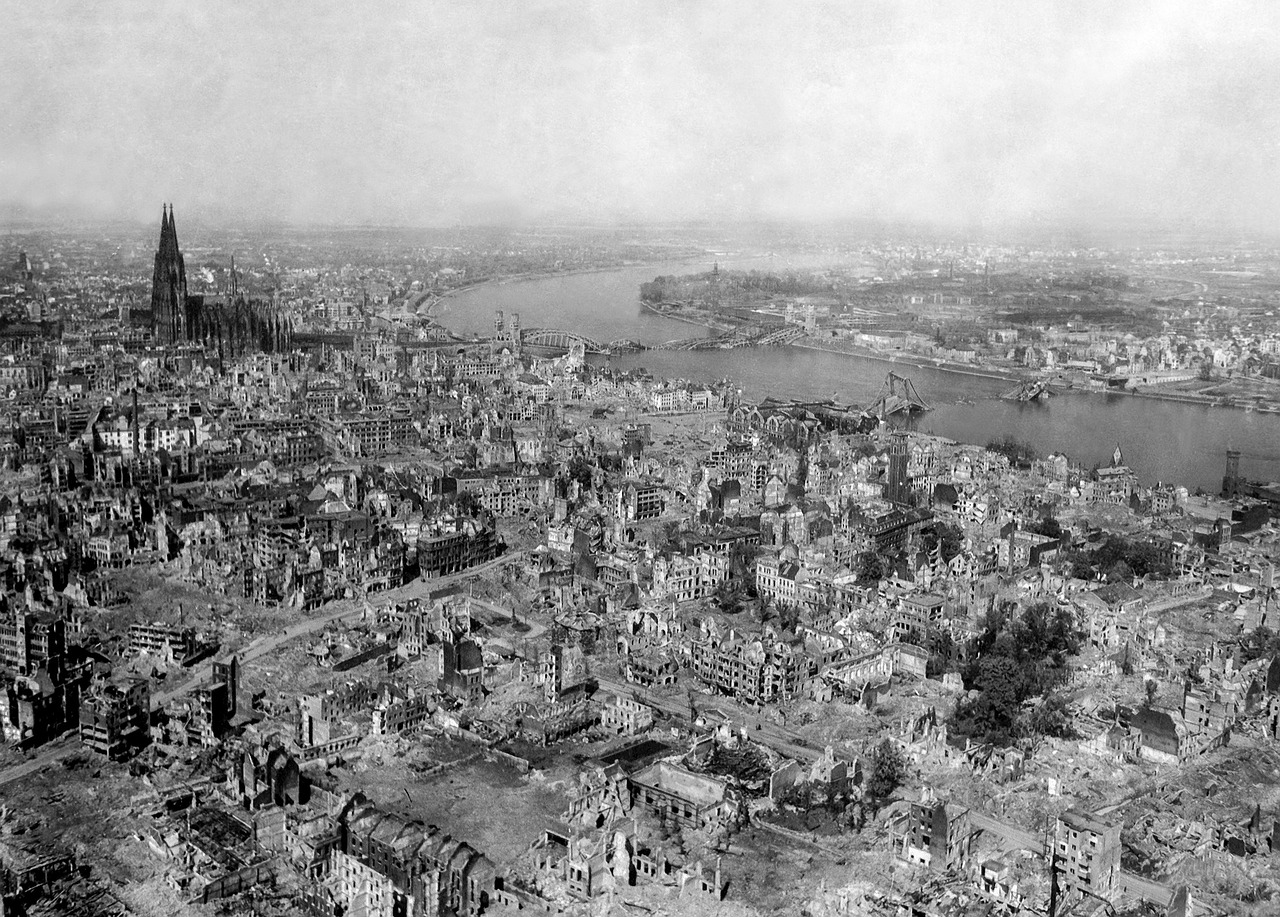
Looting and Trafficking
Exploring how armed conflicts endanger the preservation of cultural heritage sites and artifacts, leading to destruction, looting, and irreversible loss of historical significance. Discussing the challenges faced in safeguarding cultural treasures during times of war and strategies for protection.
Highlighting the deliberate targeting and collateral damage of ancient monuments, archaeological sites, and museums during wartime, resulting in the irreparable loss of cultural heritage and identity.
Examining the illicit activities of looting and trafficking of cultural artifacts by armed groups and individuals, leading to the illegal trade and dispersion of valuable heritage items on the black market.
Discussing how the destruction of cultural heritage sites affects the social fabric and identity of local communities, leading to the loss of connection to their history, traditions, and collective memory.
Exploring the role of international agreements such as the Hague Convention and UNESCO World Heritage Convention in protecting cultural heritage during armed conflicts, and the challenges in enforcing these protocols.
Highlighting the initiatives and efforts of organizations, governments, and individuals in preserving cultural heritage sites and artifacts during times of war, including documentation, conservation, and emergency response strategies.
Discussing the use of advanced technologies such as satellite imaging, 3D scanning, and digital mapping in monitoring, documenting, and safeguarding cultural heritage sites at risk of destruction or looting during conflicts.
Examining the post-conflict efforts in reconstructing and restoring damaged cultural heritage sites, museums, and artifacts, and the challenges in balancing authenticity with modern conservation techniques.
Emphasizing the importance of education, public awareness campaigns, and community engagement in promoting the value of cultural heritage preservation, fostering a sense of responsibility, and mobilizing support for safeguarding these treasures for future generations.
Looting and trafficking of cultural artifacts are detrimental activities that significantly contribute to the loss and destruction of invaluable heritage. During times of conflict, armed groups and individuals often engage in these illicit practices, leading to the illegal trade and dispersion of precious cultural items on the black market. The systematic plundering of archaeological sites and museums not only robs future generations of their heritage but also disrupts the historical narrative and cultural identity of affected regions.

Impact on Local Communities
War not only leaves physical destruction in its wake but also inflicts deep wounds on the cultural heritage of communities. The impact on local communities is profound, extending far beyond the visible ruins and artifacts that are lost. When bombs fall on ancient sites and museums are looted, it's not just stones and relics that suffer - it's the very soul of a community that is at stake.
Imagine living in a town where the ancient temple at the heart of the village, a symbol of shared history and identity, is reduced to rubble. Generations of stories and traditions crumble along with the stones, leaving a void in the collective memory of the people. The connection to the past, once tangible and strong, is severed, leaving a profound sense of loss and dislocation.
Local communities are the custodians of their heritage, the keepers of stories passed down through time. When cultural sites are destroyed, it's not just a physical loss - it's a rupture in the very fabric of society. The threads that bind people together, that weave the tapestry of community identity, are torn apart.
Moreover, the destruction of cultural heritage sites robs communities of economic opportunities and cultural tourism potential. These sites are not just relics of the past; they are living, breathing hubs of activity that sustain local economies and provide livelihoods for many. When these sites are damaged or destroyed, the ripple effects are felt far and wide.

International Conventions and Protocols
Exploring how armed conflicts endanger the preservation of cultural heritage sites and artifacts, leading to destruction, looting, and irreversible loss of historical significance. Discussing the challenges faced in safeguarding cultural treasures during times of war and strategies for protection.
Amid the chaos of war, international agreements play a crucial role in protecting our shared cultural heritage. The Hague Convention, established in 1954, aims to safeguard cultural property during armed conflicts. This convention prohibits the destruction of cultural heritage and outlines guidelines for its protection. Additionally, the UNESCO World Heritage Convention, adopted in 1972, focuses on preserving sites of outstanding universal value. These protocols serve as beacons of hope in the midst of conflict, yet enforcing them poses significant challenges.
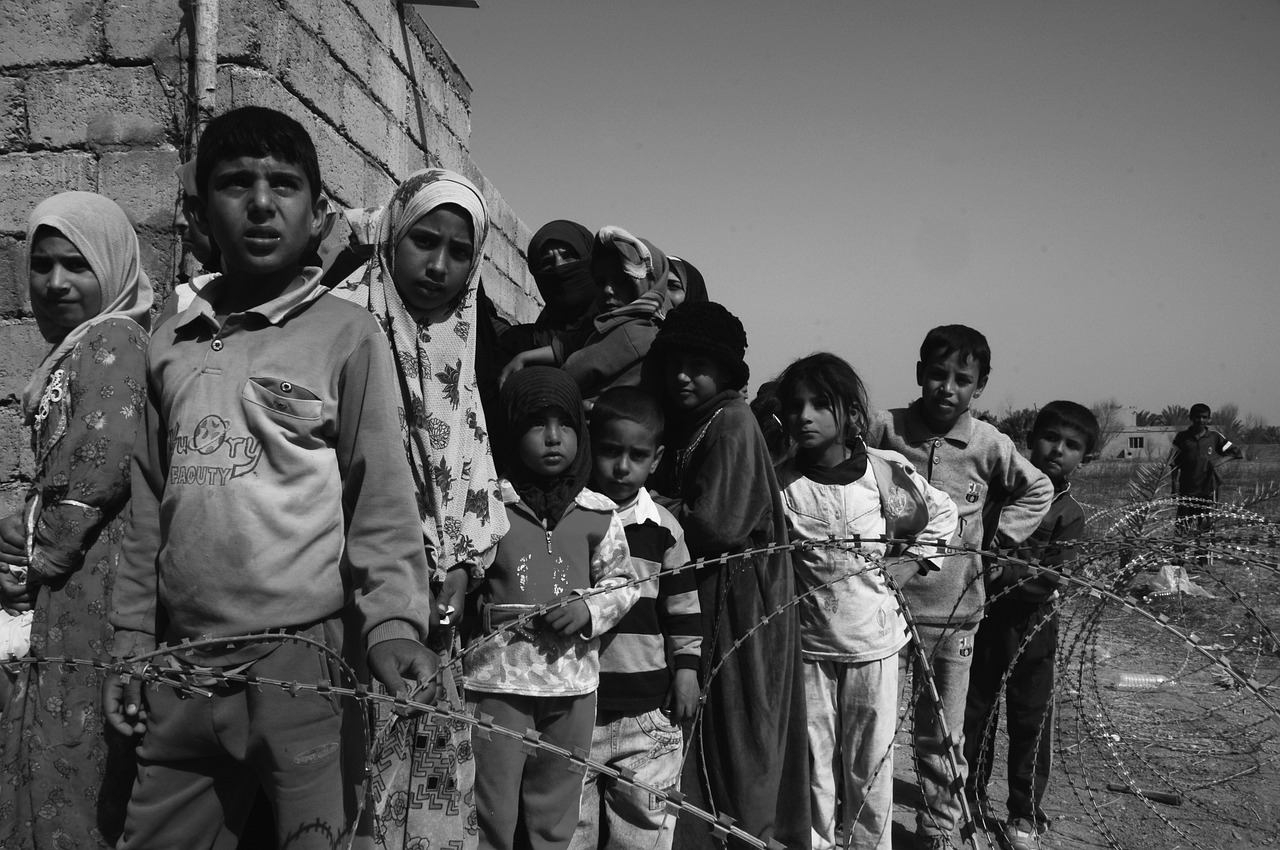
Efforts in Cultural Heritage Protection
Efforts in Cultural Heritage Protection are crucial in safeguarding our shared history and preserving the legacy of past civilizations for future generations. Organizations, governments, and individuals play a vital role in these preservation efforts, employing various strategies to protect cultural heritage sites and artifacts during times of conflict. One significant initiative involves the documentation of at-risk sites and artifacts, creating detailed records to aid in their protection and potential reconstruction in the event of damage or destruction.
Furthermore, conservation efforts focus on implementing preventive measures to mitigate the impact of war on cultural treasures. This includes the application of specialized techniques to stabilize and protect vulnerable structures and objects, ensuring their longevity amidst the chaos of armed conflicts. Emergency response teams are also mobilized to assess damage, secure artifacts, and provide immediate support to mitigate further harm to valuable heritage sites.
Collaboration among international bodies, local communities, and heritage experts is essential in coordinating protection efforts and raising awareness about the importance of cultural heritage preservation. By fostering partnerships and sharing knowledge and resources, stakeholders can work together to develop comprehensive strategies for safeguarding these irreplaceable treasures from the ravages of war.
Moreover, public engagement and education campaigns play a crucial role in promoting a sense of ownership and responsibility towards cultural heritage. By instilling a deep appreciation for the value of these sites and artifacts, communities are empowered to actively participate in their protection and conservation, creating a collective commitment to preserving our shared heritage for future generations.
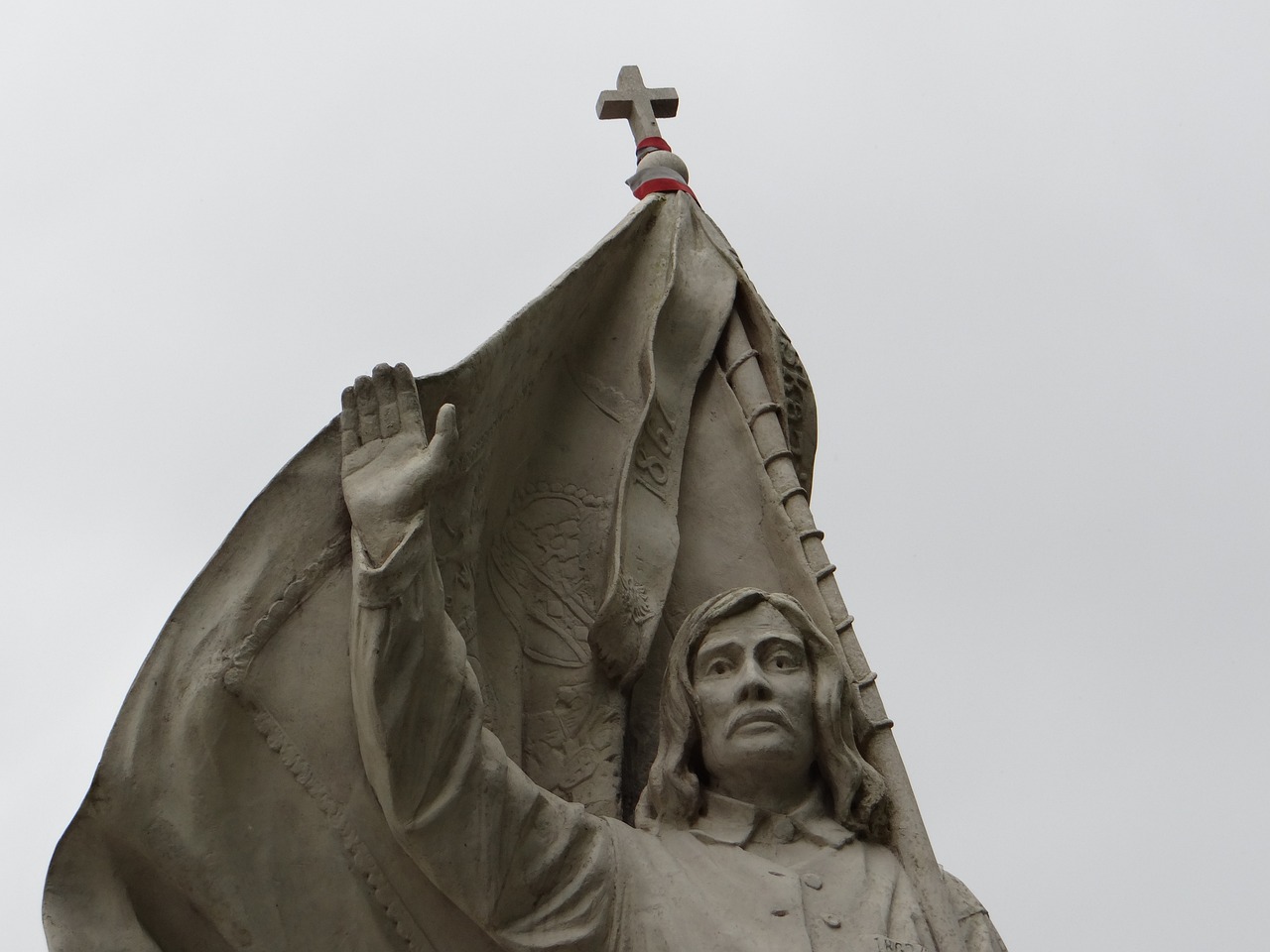
Technological Innovations in Preservation
Technological innovations play a crucial role in the preservation of cultural heritage sites during times of conflict. Advanced tools such as satellite imaging provide valuable insights into the condition of these sites, allowing for real-time monitoring of any potential threats. Additionally, 3D scanning technology enables detailed documentation of artifacts and structures, creating digital replicas that can serve as backups in case of damage or destruction.
Furthermore, digital mapping tools help in creating comprehensive inventories of cultural heritage sites, aiding in their protection and conservation efforts. By utilizing these cutting-edge technologies, preservationists can better understand the scope of risks faced by these sites and implement targeted strategies to safeguard them from harm.
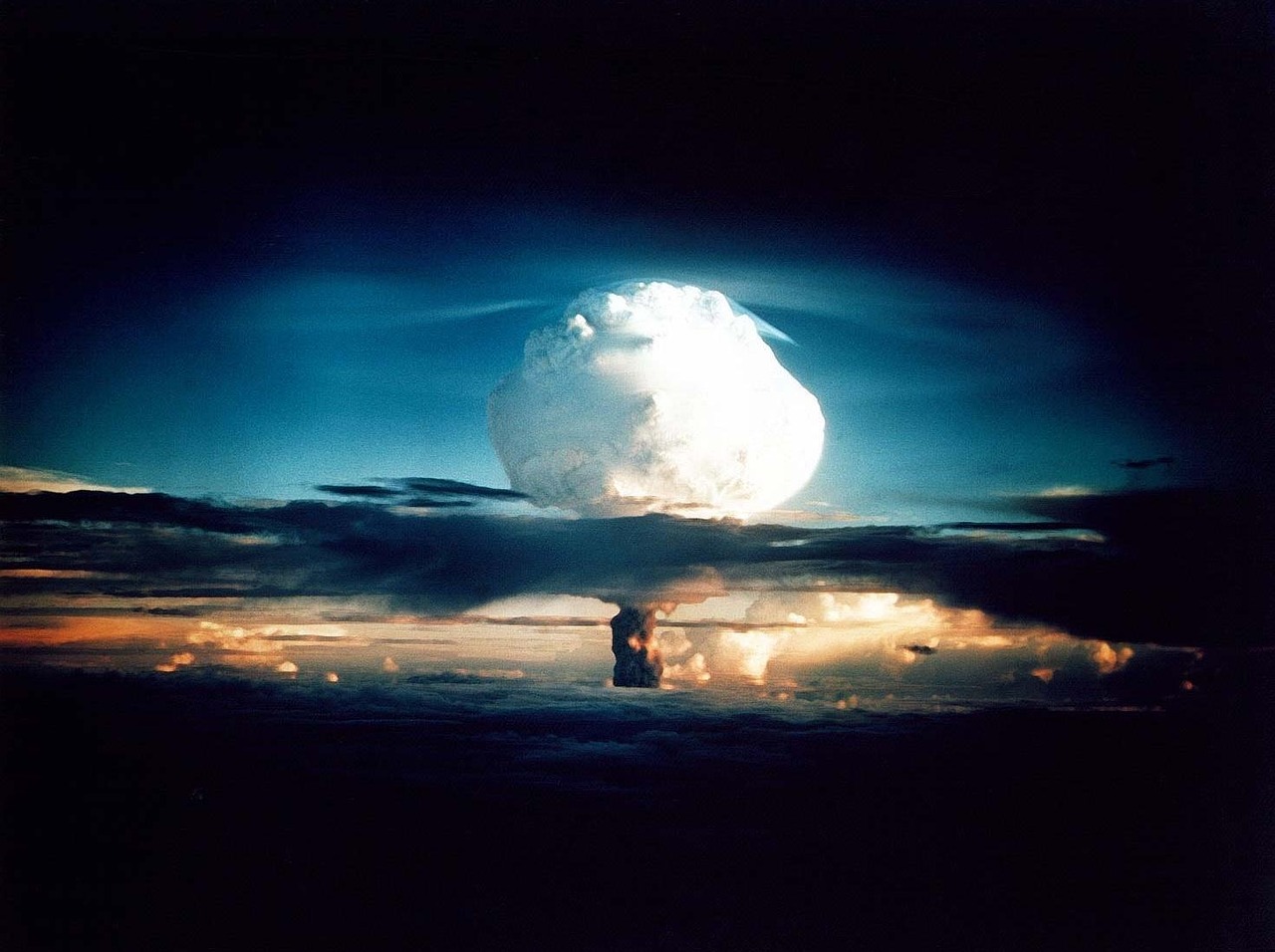
Reconstruction and Restoration
Reconstruction and restoration efforts play a crucial role in the aftermath of armed conflicts, aiming to revive and preserve the cultural heritage that has been damaged or destroyed. The process involves meticulous planning, skilled craftsmanship, and a deep understanding of historical significance. When ancient monuments, museums, and artifacts are ravaged by war, the task of rebuilding these treasures becomes a symbol of resilience and hope amidst devastation.
One of the primary challenges in reconstruction is striking a balance between restoring the authenticity of the cultural site and implementing modern conservation techniques to ensure its longevity. Preservationists and archaeologists face the dilemma of using traditional methods to maintain historical accuracy while incorporating innovative approaches to reinforce structural integrity and prevent future damage.
Collaboration among experts from various fields is essential in reconstruction projects, as architects, archaeologists, historians, and conservationists work together to assess the extent of the damage, develop restoration plans, and oversee the implementation process. Each step is carefully monitored to ensure that the cultural heritage site is reconstructed with precision and respect for its original design and purpose.
Furthermore, funding plays a significant role in the success of reconstruction and restoration efforts. Governments, international organizations, and private donors often contribute resources to support these projects, recognizing the importance of preserving cultural heritage for future generations. Public awareness campaigns and fundraising initiatives also play a vital role in garnering support and mobilizing resources for reconstruction projects.
Ultimately, reconstruction and restoration not only physically rebuild cultural sites but also contribute to the emotional and psychological healing of communities affected by conflict. By restoring these symbols of identity and history, individuals are able to reconnect with their past, reclaim their cultural heritage, and envision a future that is rooted in resilience and cultural pride.
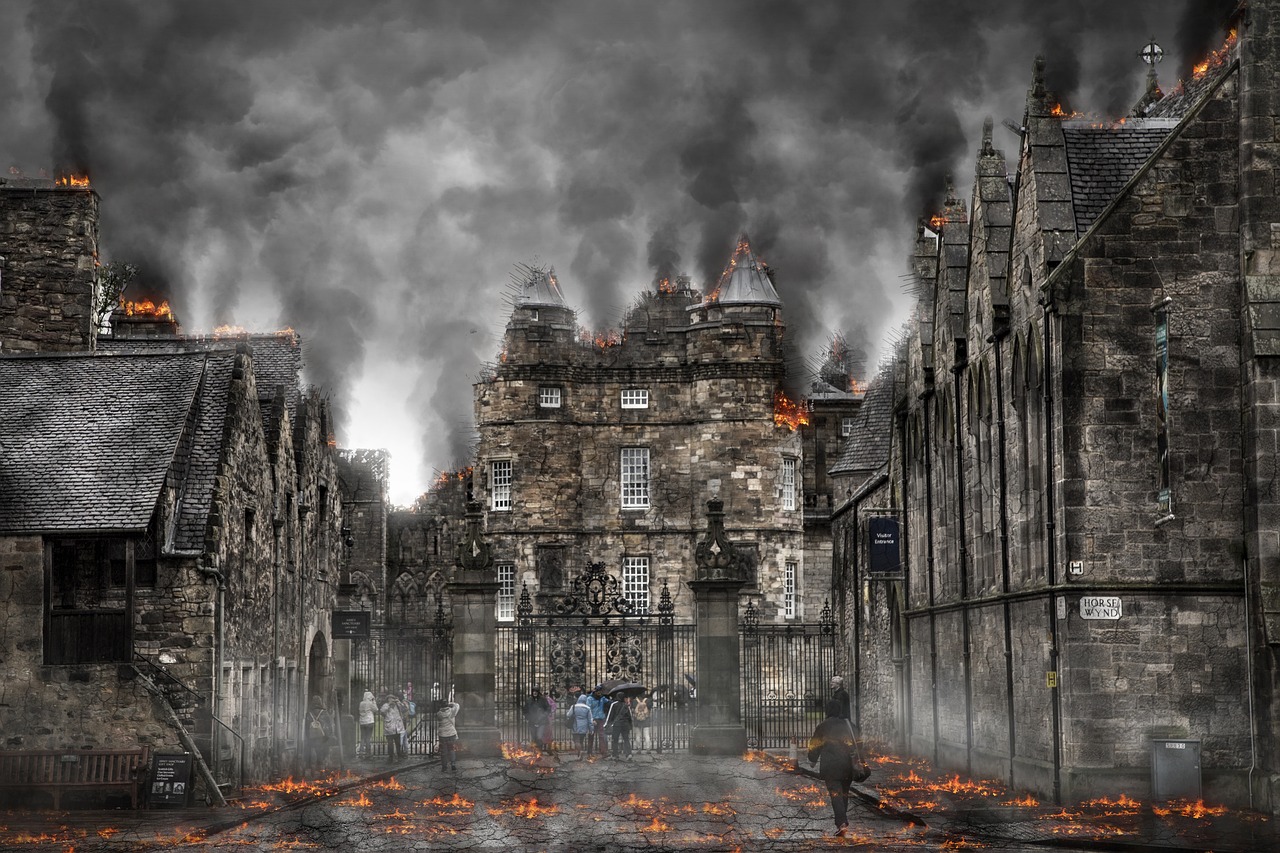
Education and Awareness
Exploring how armed conflicts endanger the preservation of cultural heritage sites and artifacts, leading to destruction, looting, and irreversible loss of historical significance. Discussing the challenges faced in safeguarding cultural treasures during times of war and strategies for protection.
Education and awareness play a crucial role in the preservation of cultural heritage during times of conflict. By informing the public about the importance of safeguarding historical sites and artifacts, we can instill a sense of responsibility and create a collective effort to protect these treasures for future generations.
Through educational programs in schools, museums, and communities, individuals can learn about the significance of cultural heritage and the impact of war on these precious assets. By raising awareness about the threats posed by armed conflicts, we can mobilize support for conservation efforts and promote a culture of respect for our shared history.
Public awareness campaigns can highlight the value of cultural heritage in shaping our identities and connecting us to our past. By engaging with local communities and involving them in preservation initiatives, we can foster a sense of ownership and pride in protecting their heritage from the ravages of war.
Furthermore, educating future generations about the importance of cultural preservation ensures that knowledge is passed down and cherished. By integrating heritage education into school curricula and promoting hands-on experiences, we can nurture a deep appreciation for our cultural legacy and inspire a new generation of stewards for these irreplaceable treasures.
Frequently Asked Questions
- What are the main threats to cultural heritage during armed conflicts?
The main threats to cultural heritage during armed conflicts include deliberate targeting, collateral damage, looting, and trafficking of artifacts by armed groups and individuals.
- How do armed conflicts impact local communities in terms of cultural heritage?
Armed conflicts can disrupt the social fabric and identity of local communities by causing the loss of connection to their history, traditions, and collective memory through the destruction of cultural heritage sites.
- What role do international conventions play in protecting cultural heritage during war?
International agreements such as the Hague Convention and UNESCO World Heritage Convention aim to safeguard cultural heritage during armed conflicts, but enforcement of these protocols poses significant challenges.
- What are some strategies for preserving cultural heritage during times of war?
Efforts in cultural heritage protection involve documentation, conservation, emergency response strategies, technological innovations like satellite imaging, 3D scanning, and reconstruction/restoration post-conflict.
- How can education and awareness campaigns contribute to cultural heritage preservation?
Education, public awareness campaigns, and community engagement are vital in promoting the value of cultural heritage preservation, instilling a sense of responsibility, and mobilizing support for safeguarding these treasures for future generations.












